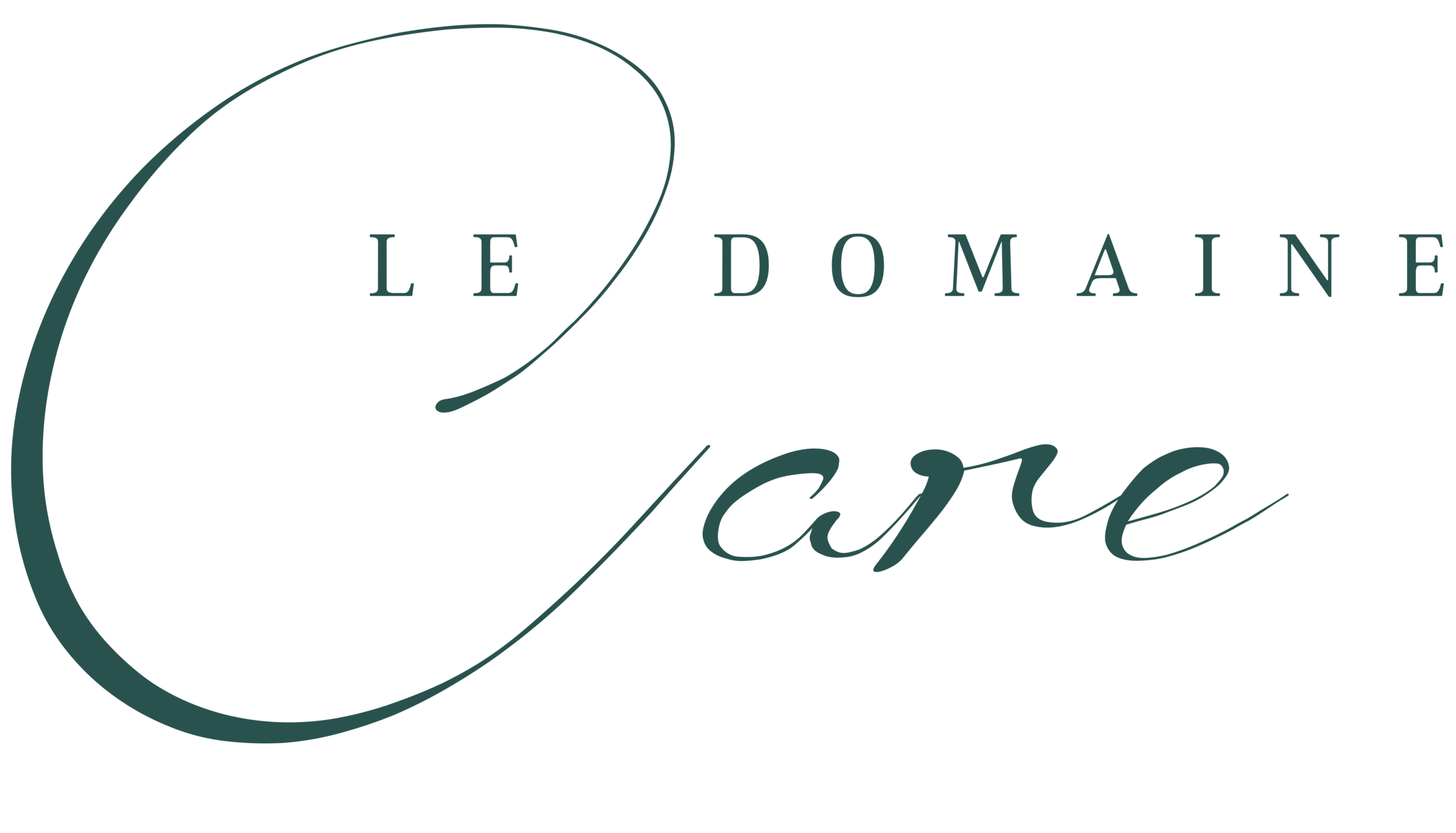How to manage arthritis in the elderly
Arthritis. It is a gloomy word that has come to symbolise ageing. For many people in their fifties and older, it is a word loosely used for any kind of pain or ache in the joints. Tens of thousands of new cases of joint problems are diagnosed each year in South Africa and the symptoms can be debilitating, frustrating and depressing as it prevents sufferers from enjoying day-to-day activities and, in severe cases, causes sleepless nights and restricted movement.
Since arthritis is such a common ailment for ageing or elderly people, and because too often, the signs of early arthritic stress are ignored; it’s important to try and get to grips with how to manage the symptoms as best as possible, to prevent it from inhibiting the life of a loved one.
First off, you need to understand what type of arthritis your loved one is suffering from and whether any of their joints are already damaged. There are many different types of arthritis. The most common is Osteoarthritis – wear and tear of protective cartilage covering the bone joints. The bones begin to rub together and this friction causes pain and swelling in the weight-bearing joints such as the elbows, knees and ankles.
Rheumatoid arthritis also affects the joints but most commonly involves the wrists, hands and knees. The body’s immune system mistakenly attacks the joints, causing the lining of the joints to swell. The inflammation can spread to surrounding tissue and eventually damage cartilage and bone. Gout is a common and painful condition when the body fails to get rid of Uric Acid. The excess acid forms needle-like crystals in the joints that causes inflammation with visible swelling and sometimes severe pain.
While the different types of arthritis have different symptoms and vary in severity from person to person, there are also different treatment methods. Once diagnosed, the right treatment aims to provide pain relief, increase the mobility of the joints and overall strength. But, unfortunately, there is no one fix-all treatment and many treatment plans will involve a number of different remedies. These can include medication, surgery, heat or cold compresses, joint protective gear, and rehabilitative and normal day-to-day exercises.
Here are some tips to share with elderly people suffering from arthritis and joint pains:
VISIT A DOCTOR
Professional advice is the first step to managing arthritis. Talk to a doctor if your loved one has joint pain and other arthritic symptoms. An accurate diagnosis means they can start the right treatment as soon as possible and work to minimise symptoms and prevent them from getting worse. A doctor’s number one priority is quality of life. So reducing pain will be the first thing that they would want to tackle, and prevent any pain from progressing through the years. Your doctor will then ascertain if there is any joint damage and work with the patient to repair that – either through surgery or with medication. They will then put measures in place to ensure that they improve or maintain function in the joints. Regular check-ups are key!
BE ACTIVE
Exercise is probably the last thing an arthritis sufferer feels like doing when their joints are aching and sore. But daily movement can help to stretch out and strengthen the muscles around the joints; with the aim to eventually reduce inflammation and pain. It’s not necessary to enrol at the gym or spend a lot of money on fancy equipment. Walking and swimming are affordable forms of exercise that offer ample benefits when done regularly. To add to that, physical activity is known to improve your mood. So, arthritis sufferers would benefit hugely from these low-impact activities.
PROTECT THE JOINTS
Go slow. Proper lifting and posture can help protect muscles and joints. By all means, hobbies such as dancing, swimming and gardening are very important for mental health and well-being. It’s just as important that an arthritis sufferer does not overexert themselves. So, encourage these activities but make sure attention is paid to certain actions that put pressure on the joints, and refrain from doing anything that causes any pain.
MANAGE THE PAIN
In addition to your doctor’s recommendations on pain-management medication, there are other ways to help manage the pain for arthritis sufferers. While yoga might not be the most practical choice for an elderly person, the theory behind the slow breathing techniques, mind-body awareness and deep breathing all do their bit in helping the body to relax. When muscles are relaxed, they’re less taut and less likely to pull and put strain on the joints. Using heat pads or a soothing hot bath with Epsom salts is proven to relieve pain temporarily. Similarly, using cooling techniques such as covered ice packs and cooling aid creams can soothe muscles. Gentle massage is also recommended to relieve pain – just make sure that the massage therapist knows where the arthritis pain areas are.
REFERENCES:
· FSP Health & Fitness | FSPHealthandFitness.co.za
· WebMD Medical Reference Reviewed by David Zelman

